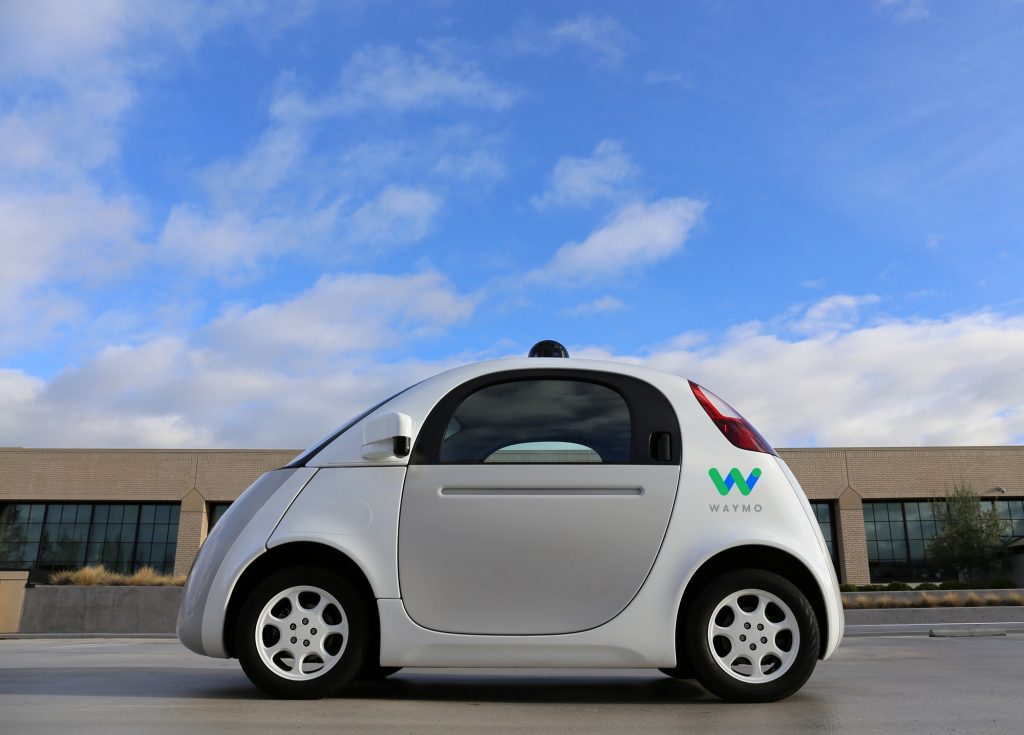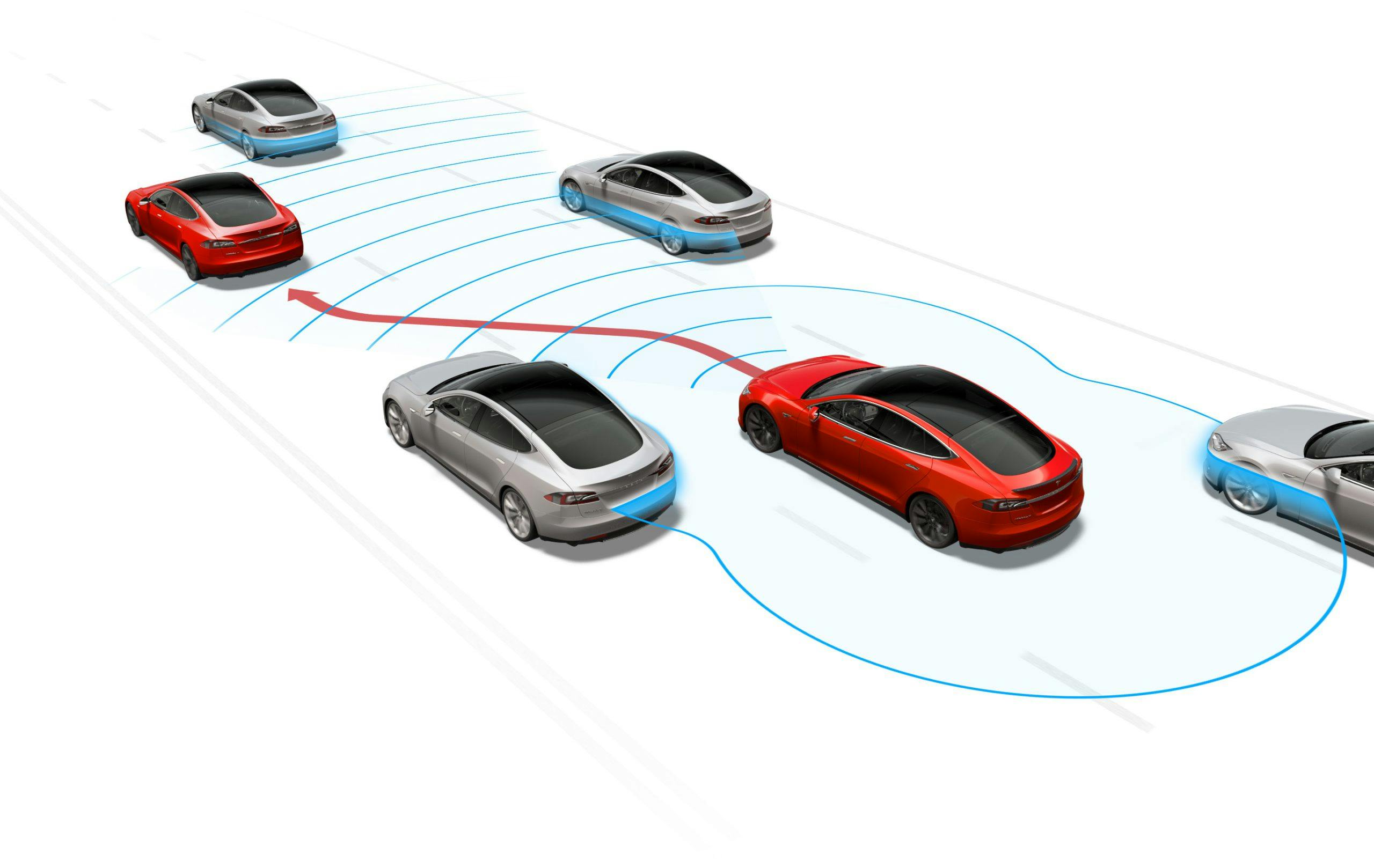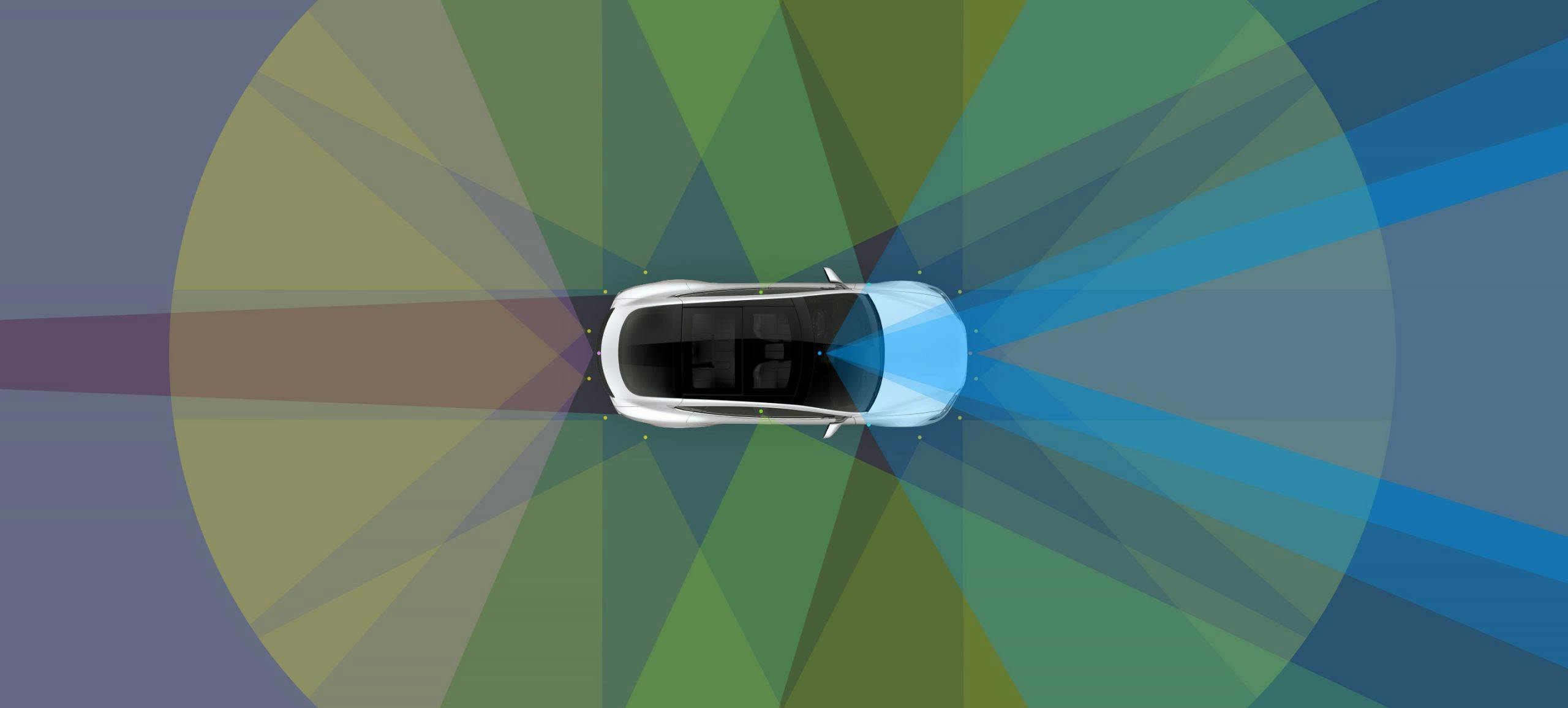Media | Articles
Self-driving cars seem further away than ever

As the old saying goes, the future sure isn’t what it used to be. It seems like only last week that self-driving cars were imminently headed to a dealership in your town. As recently as 2017, professional experts in the press were throwing around the figure 10 million as a reliable estimate for the number of self-driving cars that would be beep-beeping down America’s roads by 2020. One-quarter of America’s car fleet would be fully autonomous by 2030, they told us, more than 65 million vehicles, all piloted by microchips.
A big driver was said to be the “technology adoption cycle,” or the rate at which new technology is embraced by the wider public. See, the technology adoption cycle is compressing, meaning that smartphones have spread faster than did regular cellphones, which took less time to catch on than personal computers, which took less time than VCRs and air conditioning, and so on back to the wheel and fire. Thanks to this compression, once the first autonomous car hit, it was expected that they would sweep the land.
Well, 2020 has arrived, and the number of cars on the market able to drive themselves fully autonomously without any human interaction is … zero. Sure, Teslas can Autopilot themselves for a little while, even long enough for their drivers to fall asleep. Or, as one C-level porn star attempted to prove with her boyfriend in a racy video last year, to have sex. The technology is highly flawed, however. While you may recall the Florida crash of a Tesla into a turning truck, the National Highway Traffic Safety Administration (NHTSA) is actually investigating more than a dozen crashes, some fatal, involving Teslas believed to be running on Autopilot.
Tesla may have recruited an army of brave souls willing to put their lives on the line as test pilots, but the rest of us probably want a product proven safe before we buy it. And the industry is now saying that full autonomy is much further off, if it happens at all. “This is one of the hardest problems we have right now in the world,” said Volkswagen’s autonomy czar, Alex Hitzinger, talking to a reporter at the 2020 Consumer Electronics Show in Las Vegas. “It’s like going to Mars.”
One problem is that the human brain is a miracle of adaptability, pattern recognition, and processing speed that remains devilishly difficult to replicate with a machine. Every time the engineers make a small change to the car’s sensors, the algorithms that process their input are thrown into disarray. Meaning that small changes in a system’s design require tons of work to incorporate. Another problem is cost. Right now, it can cost up to $300,000 to equip a vehicle with enough cameras, sensors, and computers to drive autonomously. By 2030, it’s thought that the tab may come down to $10,000 per vehicle, which would still make it a fairly pricey option.
Marketplace
Buy and sell classics with confidence

Then there are the as yet unresolved issues of legal liability, state licensing, and car-to-car and car-to-infrastructure communication. Unless an autonomous car can talk to the other cars around it as well as to the city’s traffic infrastructure, it has no more clue about the wider world than you do when looking out the windshield. And the car has to be able to perform in all types of weather, from fog to blizzards. Today’s in-car sensor technology struggles in bad conditions.
Last year, Google subsidiary Waymo launched a small pilot project in the meteorologically predictable city of Chandler, Arizona, where fully autonomous taxis began supplying limited driverless service to a select group of commuters. Even so, Waymo CEO John Krafcik, who is on record as saying full, all-weather autonomy may never happen, said driverless delivery trucks are more likely to hit before driverless cars, because there aren’t enough truck drivers in America. “The trucking shortage is now,” he said. Meaning autonomous cars will come later, if ever.







